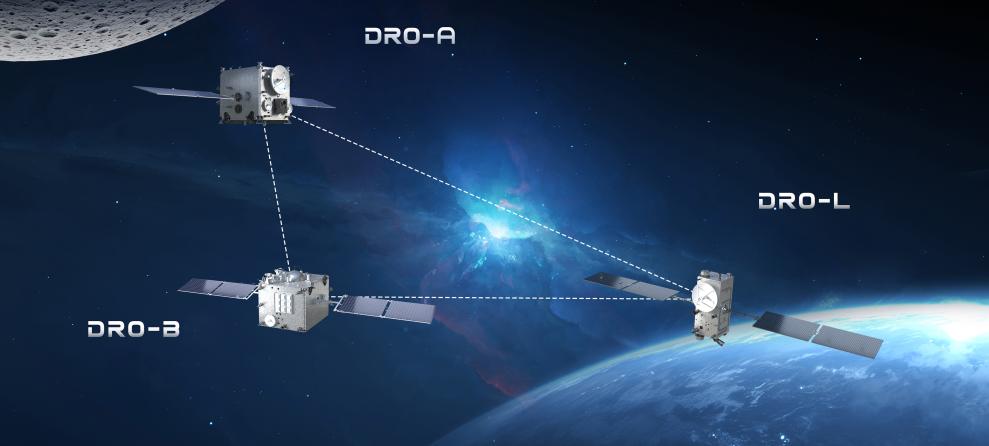2025-04-16 オックスフォード大学
<関連情報>
- https://www.ox.ac.uk/news/2025-04-16-scientists-find-evidence-overturns-theories-origin-water-earth
- https://www.sciencedirect.com/science/article/pii/S0019103525001356
地球の構成要素に含まれる水素の源 The source of hydrogen in earth’s building blocks
Thomas J. Barrett, James F.J. Bryson, Kalotina Geraki
Icarus Available online: 3 April 2025
DOI:https://doi.org/10.1016/j.icarus.2025.116588

Highlights
- Enstatite chondrites (ECs) may contain enough hydrogen to explain Earth’s water budget.
- Hydrogen in these meteorites is linked to the presence of iron sulphide grains.
- Water on Earth may be an inevitable consequence of its formation from ECs.
Abstract
Despite being pivotal to the habitability of our planet, the process by which Earth gained its present-day hydrogen budget is unclear. Due to their isotopic similarity to terrestrial rocks across a range of elements, the meteorite group that is thought to best represent Earth’s building blocks is the enstatite chondrites (ECs). Because of ECs’ nominally anhydrous mineralogy, these building blocks have long been presumed to have supplied negligible hydrogen to the proto-Earth. However, recent bulk compositional measurements suggest that ECs may unexpectedly contain enough hydrogen to readily explain Earth’s present-day water abundance. Together, these contradictory findings mean the contribution of ECs to Earth’s hydrogen budget is currently unclear. As such, it is uncertain whether appreciable hydrogen is a systematic outcome of Earth’s formation. Here, we explore the amount of hydrogen in ECs as well as the phase that may carry this element using sulfur X-ray absorption near edge structure (S-XANES) spectroscopy. We find that hydrogen bonded to sulfur is prevalent throughout the meteorite, with fine matrix containing on average almost 10 times more H S than chondrule mesostasis. Moreover, the concentration of the H
S than chondrule mesostasis. Moreover, the concentration of the H S bond is linked to the abundance of micrometre-scale pyrrhotite (Fe1-xS, 0 < x < 0.125). This sulfide can sacrificially catalyse a reaction with H2 from the disk at high temperatures to create H2S, which could be dissolved in adjoining molten silicate-rich material. Upon rapid cooling, this assemblage would form pyrrhotite encased in submicron silicate-rich glass that carries trapped H2S. These findings indicate that hydrogen is present in ECs in higher concentrations than previously considered and could suggest that this element may have a systematic, rather than stochastic, origin on our planet.
S bond is linked to the abundance of micrometre-scale pyrrhotite (Fe1-xS, 0 < x < 0.125). This sulfide can sacrificially catalyse a reaction with H2 from the disk at high temperatures to create H2S, which could be dissolved in adjoining molten silicate-rich material. Upon rapid cooling, this assemblage would form pyrrhotite encased in submicron silicate-rich glass that carries trapped H2S. These findings indicate that hydrogen is present in ECs in higher concentrations than previously considered and could suggest that this element may have a systematic, rather than stochastic, origin on our planet.
地球の水はエンスタタイトコンドライト隕石に似た物質から受け継がれた可能性 Earth’s water may have been inherited from material similar to enstatite chondrite meteorites
Laurette Piani, Yves Marrocchi, Thomas Rigaudier, Lionel G. Vacher, […], and Bernard Marty
Science Published:28 Aug 2020
DOI:https://doi.org/10.1126/science.aba1948
An unexpected source of Earth’s water
The abundances of Earth’s chemical elements and their isotopic ratios can indicate which materials formed Earth. Enstatite chondrite (EC) meteorites provide a good isotopic match for many elements but are expected to contain no water because they formed in the hot inner Solar System. This would require Earth’s water to be from a different source, such as comets. Piani et al. measured hydrogen contents and deuterium/hydrogen ratios (D/H) in 13 EC meteorites (see the Perspective by Peslier). They found far more hydrogen than is commonly assumed, with D/H close to that of Earth’s mantle. Combining these data with cosmochemical models, they show that most of Earth’s water could have formed from hydrogen delivered by EC meteorites.
Abstract
The origin of Earth’s water remains unknown. Enstatite chondrite (EC) meteorites have similar isotopic composition to terrestrial rocks and thus may be representative of the material that formed Earth. ECs are presumed to be devoid of water because they formed in the inner Solar System. Earth’s water is therefore generally attributed to the late addition of a small fraction of hydrated materials, such as carbonaceous chondrite meteorites, which originated in the outer Solar System where water was more abundant. We show that EC meteorites contain sufficient hydrogen to have delivered to Earth at least three times the mass of water in its oceans. EC hydrogen and nitrogen isotopic compositions match those of Earth’s mantle, so EC-like asteroids might have contributed these volatile elements to Earth’s crust and mantle.



